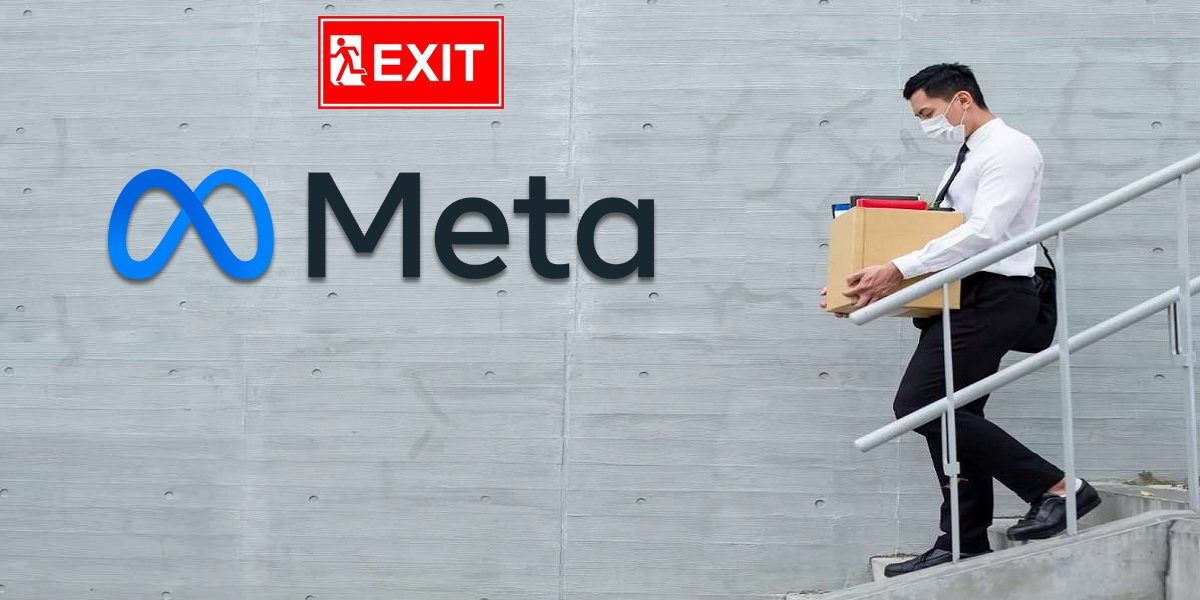Archie Jackson, VP - CIO & CISO, Incedo Inc.
In 2025, several emerging technologies are reshaping the enterprise landscape. Artificial Intelligence (AI) and Machine Learning (ML) are central to business operations, enabling automation, predictive analytics, and smarter decision-making. With increasing adoption, AI governance platforms are being introduced to ensure ethical and effective use.
Agentic AI—AI systems capable of independently executing tasks to meet user-defined goals—is gaining ground, boosting workforce productivity. Quantum computing is also advancing rapidly, offering new capabilities in fields such as cryptography and complex simulations. Meanwhile, edge computing is becoming vital for processing data closer to IoT devices, minimizing latency and enabling real-time insights.
To integrate AI, automation, and zero-trust security frameworks, organizations are:
◆ Deploying AI-driven threat detection systems.
◆ Adopting zero-trust architectures that continuously verify users and devices.
◆ Automating incident response with AI tools.
◆ Leveraging behavioral analytics for proactive threat management.
Cybersecurity continues to evolve with innovations in disinformation security and advanced threat detection, addressing increasingly sophisticated cyber threats. Additionally, enterprises are embracing sustainable technologies, such as green IT practices, to reduce environmental impact and improve energy efficiency.
Creating a security-first culture involves several key strategies:
◆ Conducting regular, role-based training on cyber hygiene and phishing.
◆ Using gamification and micro-learning to boost engagement.
◆ Establishing security champions in each department.
◆ Keeping security policies updated with evolving threats.
◆ Enforcing multi-factor authentication (MFA) for stronger access control.
Enterprise tech leadership roles are also evolving
In today’s enterprise landscape, CIOs have evolved from traditional IT managers to strategic leaders driving digital transformation and aligning technology with business goals. They leverage data and AI to enhance customer experiences and promote agility and innovation. CTOs focus on emerging technologies like AI and quantum computing, spearheading tech advancements. CISOs manage cybersecurity, integrating it with broader business risk strategies, while DPOs ensure data privacy and regulatory compliance. Though these roles may overlap, each carries unique responsibilities. In smaller firms, they are often combined, but in larger organizations, dedicated experts in each role ensure deeper focus and better decision-making.






